Scleroderma septentrionale - autumn sand fungus - like a little ghost

I met this species of mushroom for the first time. Apparently, it can be found more often in the dunes than in forests. Mine grew in sandy, almost dune pine forests.
Ten gatunek grzyba spotkałem pierwszy raz. Podobno częściej można go spotkać na wydmach niż w lasach. Mój rósł na piaszczystych, niemal wydmowych lasach sosnowych.
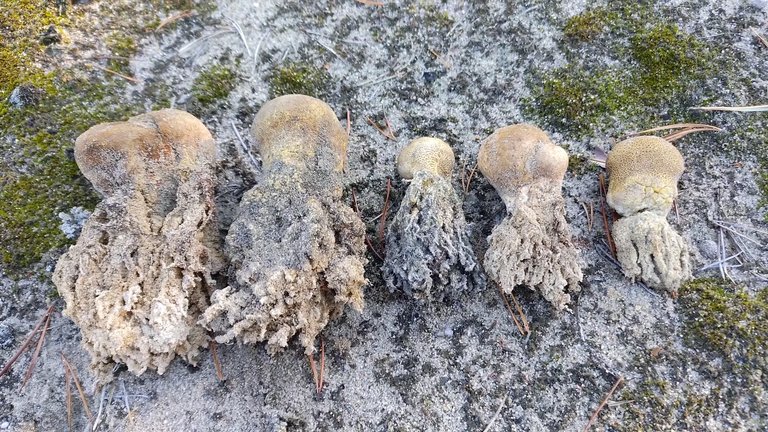
When I saw him, my first association was, which amused me - it looks like a ghost 😊
Gdy go ujrzałem, pierwszym moim skojarzeniem było, które zresztą mnie rozbawiło - wygląda jak duszek 😊
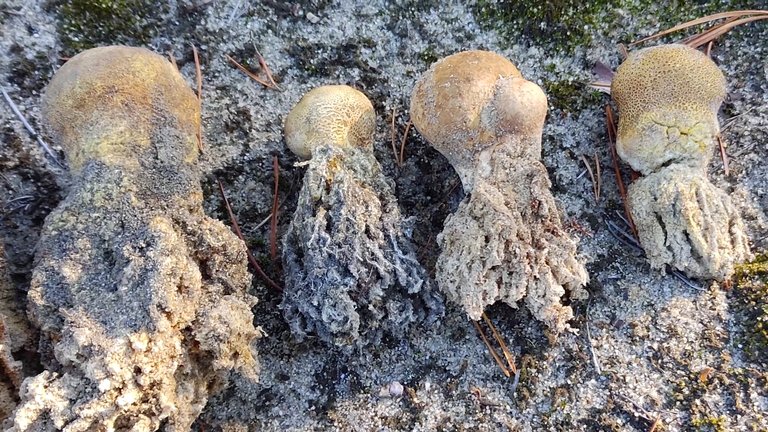
Indeed, its roots tangled in the sand and the map's head looked like it was an earth spirit. Good thing it's not a fluorescent mushroom
Rzeczywiście, jego splątane w piachu korzenie i mapa główka wyglądały jakby to był ziemny duszek. Dobrze że nie jest to grzyb fluorescencyjny
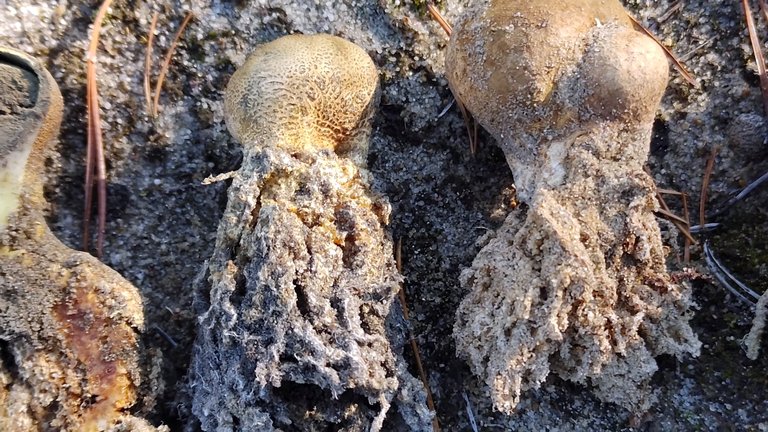
The strange roots of the fungus
Dziwne korzenie grzyba
Where does the roots of this mushroom come from, up to 10 cm in length? This is closely related to its living environment, i.e. sand.
Skąd u tego grzybka korzenie dochodzące do 10 cm długości? Ma to ścisły związek z jego środowiskiem życia, czyli piaskiem.

In order to expel spores to the surface and multiply, the fungus has to tilt its head high above the sand, and the sand, as you know, is a difficult terrain to break through, it gets stuck more, the sand is blown over the fungus.
Grzyb żeby wyrzucić zarodniki na powierzchnię i się rozmnożyć, musi wysoko wychylić swoją głowę ponad piasek, a piasek jak wiadomo, jest trudnym terenem do wybicia się, bardziej się grzęźnie, piasek jest nawiewany na grzyba.
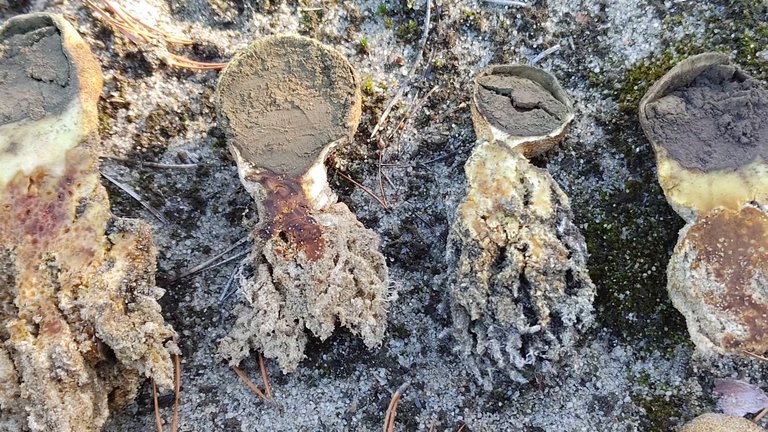
As the fungus has no support in the roots of trees or stones, and basically has no support point, it was endowed by nature with long legs which, when tangled and mixed with sand, constitute a platform for the fungus to bounce back.
Jako że grzyb nie ma podparcia w korzeniach drzew czy kamieniach, a w zasadzie nie ma żadnego punktu podpory, został wyposażony przez naturę w długie odnóża, które splątane i zmieszane z piaskiem stanowią dla grzyba platformę do odbicia.
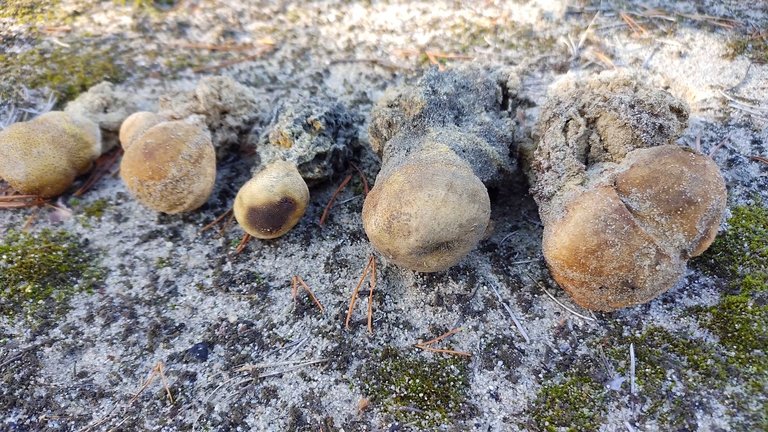
The fungus often grows in groups, in sandy areas, in dunes. It appears in late fall.
Grzyb rośnie często w grupach, na terenie piaszczystym, na wydmach. Pojawia się późną jesienią.
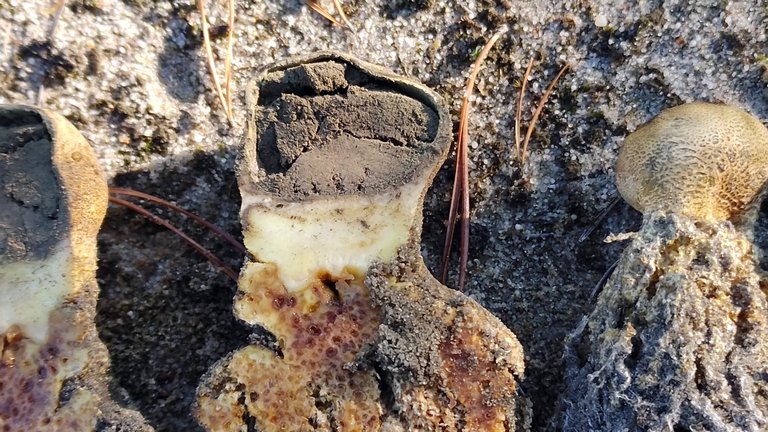
The mushroom head can be up to 6 cm in diameter. The surface of the head is yellowish, sometimes ocher, mottled, smooth with small scales. Fused with root bundles that extend underground. The skin of the head may be up to 3 mm thick.
Główka grzyba może mieć do 6 cm średnicy. Powierzchnia główki ma kolor żółtawy, czasami jest ochrowa, nakrapiana, gładka z małymi łuseczkami. Połączona z wiązkami korzeni, które rozciągają się pod ziemią. Skóra główki może mieć do 3 mm grubości.
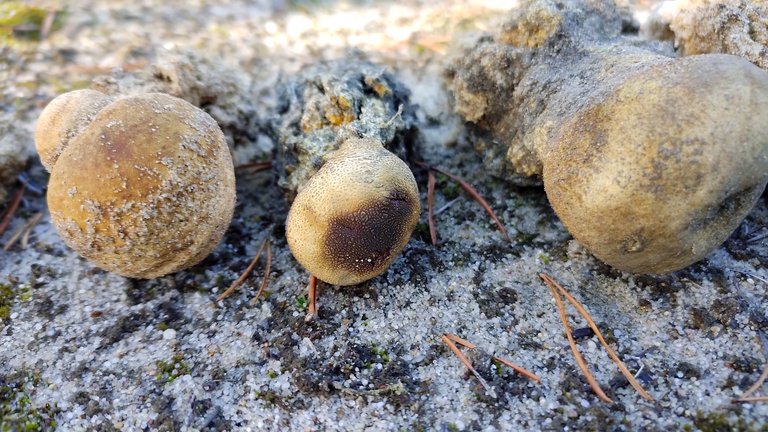
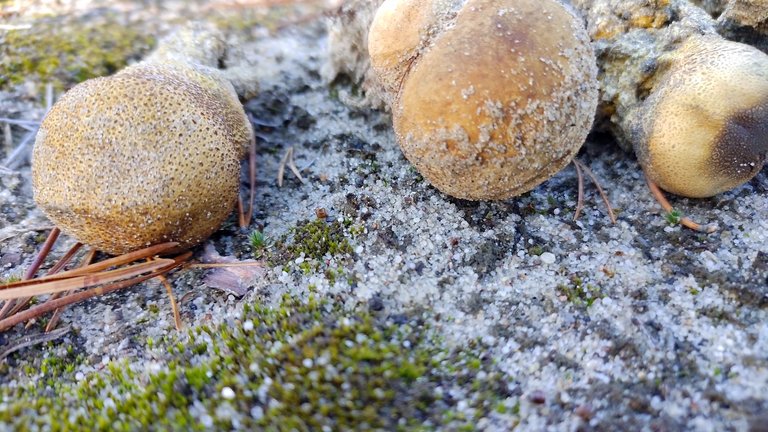
Inside the head there are spores. First, in the early stage of the mushroom's life, they are white in color and form a fleshy compact mass. Over time, it becomes brownish-purple, and finally black and dusty.
Wewnątrz główki znajdują zarodniki. Najpierw we wczesnym etapie życia grzyba mają kolor biały i stanowią mięsistą zbitą masę. Z czasem staje się ona brązowo-fioletowa, a na końcu ma kolor czarny i jest pylista.
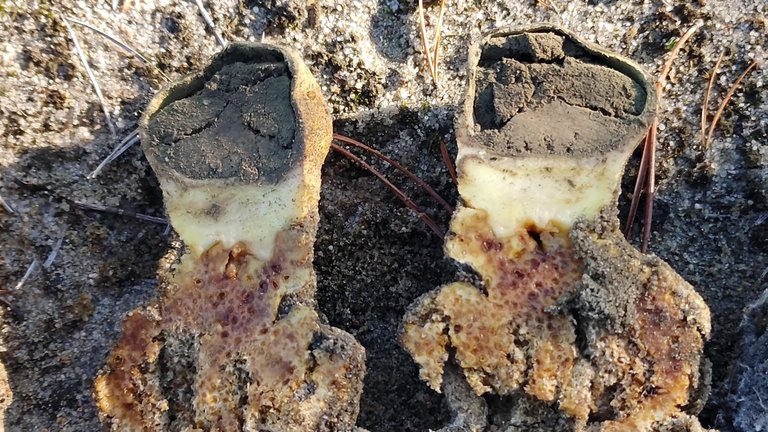
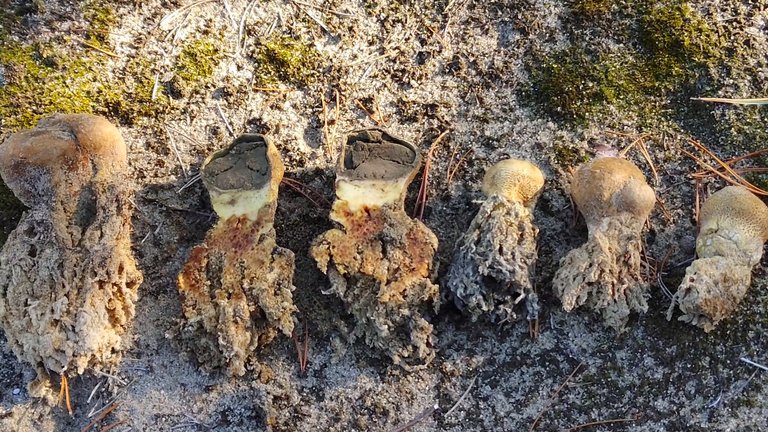
The mushroom is inedible, but very rare and under strict protection in Poland.
Grzyb jest niejadalny, ale bardzo rzadki i pod ścisłą ochroną w Polsce.
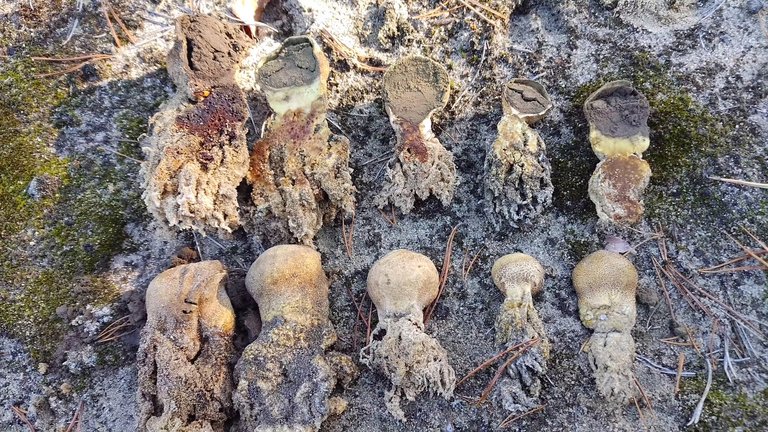
Enjoy 😉

https://twitter.com/HivePolish/status/1469345011879788550
The rewards earned on this comment will go directly to the person sharing the post on Twitter as long as they are registered with @poshtoken. Sign up at https://hiveposh.com.